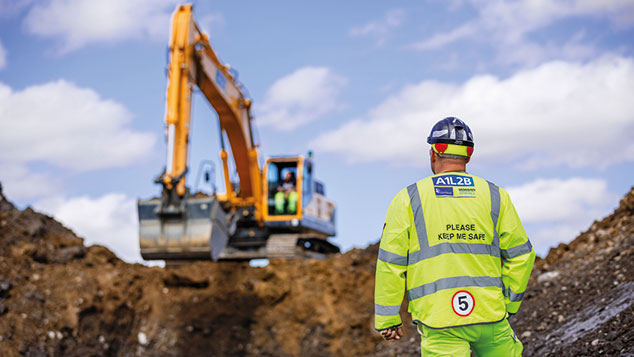
The construction firm looked healthy, but the ugly truth is that it was little more than a zombie, says Edward Chancellor.
Large corporate failures – from Enron to Lehman Brothers – typically provide interesting insights into what’s been going on in the business world. At first glance, the problems which have brought down UK construction firm Carillion look idiosyncratic. A handful of “onerous contracts”– to use the company’s phrase – produced massive losses and pushed the firm towards bankruptcy. Yet Carillion’s story also reveals a number of fragilities shared by many corporations on both sides of the Atlantic.
Carillion’s financials had seemed reasonably robust, at least until a string of profit warnings last year. Interest and dividend cover were ample; reported leverage was low; return on equity was stable; and it had plenty of cash. Yet appearances proved deceptive.
The ugly truth about Carillion
For a start, although Carillion’s temptingly high dividends were below reported profits, they exceeded operating cash flow for a number of years. Such excessive corporate payouts are the norm nowadays. In the US, cash returned to shareholders via buybacks and dividends has soared, while investment has been weak. At the margin, these handouts have been funded with debt.
Nor was Carillion’s balance sheet as strong as it seemed. At the end of 2016, tangible assets were just over 3% of total assets, while intangibles were more than ten times greater. There has been a long-standing trend towards companies reporting a greater share of intangibles. Not all are dubious – spending on research and development and advertising, for example, often delivers long-lasting benefits. But, in Carillion’s case, most intangibles came from goodwill related to past acquisitions.
Once, goodwill was amortised (written down over time). Now it sits on the balance sheet until accountants deem it impaired. This can result in sudden large losses. Last year, Toshiba wrote down $6.4bn of goodwill after its Westinghouse nuclear unit filed for bankruptcy. Bloomberg estimated last year that aggregate goodwill on balance sheets around the world exceeded $7trn – so expect more large write-downs during the next slump.
Carillion’s liabilities were also somewhat murky. Much of its debt appears on the balance sheet as “trade and other payables”, thereby reducing its reported financial leverage. It also had a pension deficit estimated at £587m last summer. This figure gyrated wildly in response to tiny changes to assumptions about the discount rate and inflation. It now appears that the cost to the UK Pension Protection Fund of taking over Carillion’s pension plans may exceed £800m. The firm is not alone in this – in aggregate, FTSE 100 companies have estimated pension deficits running to tens of billions of pounds.
Carillion had also morphed into something of a virtual company. It had little by way of fixed assets and most of its value derived from a web of complex contracts. This inevitably involved a lot of guess work. The word “assumption” crops up frequently in its financial statements – relating to everything from the earnings of its “cash-generating units”, to goodwill, deferred tax, and so forth. Profits derived from internal estimates of contract completion. When those assumptions proved mistaken, the company turned out to be doomed.
A hidden horde of zombie companies
There’s a final aspect that makes Carillion very representative of our age. It made thin profit margins operating in a cut-throat sector with low barriers-to-entry. Leverage was high, albeit largely hidden. The firm is said to have chased low-value contracts to stay afloat. In short, it had many of the characteristics of a zombie company. These firms are identified by an inability to service their debts. The era of ultra-low rates has swelled their ranks. Such firms are bad for growth – they crowd out more efficient firms, invest little and their prospective bad debts pose a threat to financial stability. Carillion’s collapse suggests that the scale of this problem may be far greater than is recognised.
A version of this article was first published on Breakingviews. Edward Chancellor is a financial historian, journalist and investment strategist.